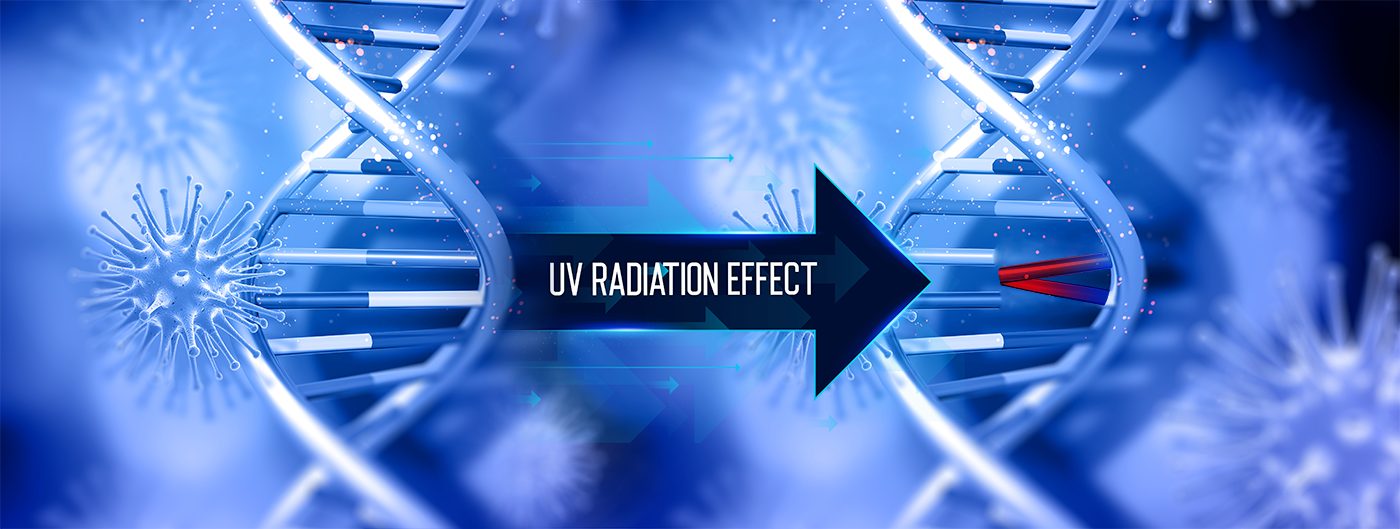Scientific Reports
Rapid and complete inactivation of SARS‑CoV‑2 by ultraviolet‑C irradiation
The severe acute respiratory syndrome coronavirus 2 (SARS-CoV-2) pandemic has devastated global public health systems and economies, with over 52 million people infected, millions of jobs and businesses lost, and more than 1 million deaths recorded to date. Contact with surfaces contaminated with droplets generated by infected persons through exhaling, talking, coughing and sneezing is a major driver of SARS-CoV-2 transmission, with the virus being able to survive on surfaces for extended periods of time. To interrupt these chains of transmission, there is an urgent need for devices that can be deployed to inactivate the virus on both recently and existing contaminated surfaces. Here, we describe the inactivation of SARS-CoV-2 in both wet and dry format using radiation generated by a commercially available Signify ultraviolet (UV)-C light source at 254 nm. We show that for contaminated surfaces, only seconds of exposure is required for complete inactivation, allowing for easy implementation in decontamination workflows.
Towards the end of 2019, an outbreak of life-threatening pneumonia caused by a novel betacoronavirus occurred in the Hubei Province of China(1).
The virus, named severe acute respiratory syndrome coronavirus 2 (SARSCoV-2), has since spread across the world at an alarming rate to cause a debilitating and ongoing pandemic, with only a few islands not reporting any cases to date. While SARS-CoV-2 is thought to be of zoonotic origin(2), intense and extensive human-to-human transmission has mainly been driven by the inhalation of respiratory droplets and virus-bearing particles spread through the air(3), or by contact with surfaces contaminated with settled droplets(4).
Although academic institutions and pharmaceutical organizations worldwide have banded together to develop countermeasures against the virus, there are still no licensed vaccines or therapeutics available. The disruption of transmission chains is therefore crucial for managing the outbreak and preventing additional infections.
Ultraviolet (UV) irradiation is an extensively tested, widely used and effective no-contact method for inactivating viral pathogens(5–7). There are three types of UV, including UV-A (315–400 nm), UV-B (280–315 nm) and UV-C (100–280 nm), of which UV-C is most commonly employed in germicidal applications. At a wavelength of 254 nm, viral inactivation can be attributed to direct UV-C light absorption and photochemical damage to nucleic acid, leading to the disruption of viral replication(8).
Despite its wide use, limited data exists on the effectiveness of UV-C on inactivating wet and dried SARS-CoV-2 on contaminated surfaces. In particular, the efficacy of UV-C for inactivating SARS-CoV-2 in fluids needs to be determined, as the UV absorbance characteristics of fluid constituents may influence the dose required to achieve complete viral inactivation.
In this paper, we describe the complete and rapid inactivation of SARS-CoV-2 in both wet and dried droplets using 254 nm UV-C irradiation. Our results suggest that UV-C is an affordable and effective tool for preventing SARS-CoV-2 contact transmission that can easily be deployed to manage the coronavirus disease outbreak.
Download the PDF here, to read the full article.
Source: www.nature.com/srep

